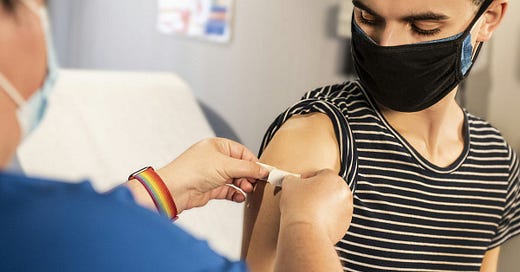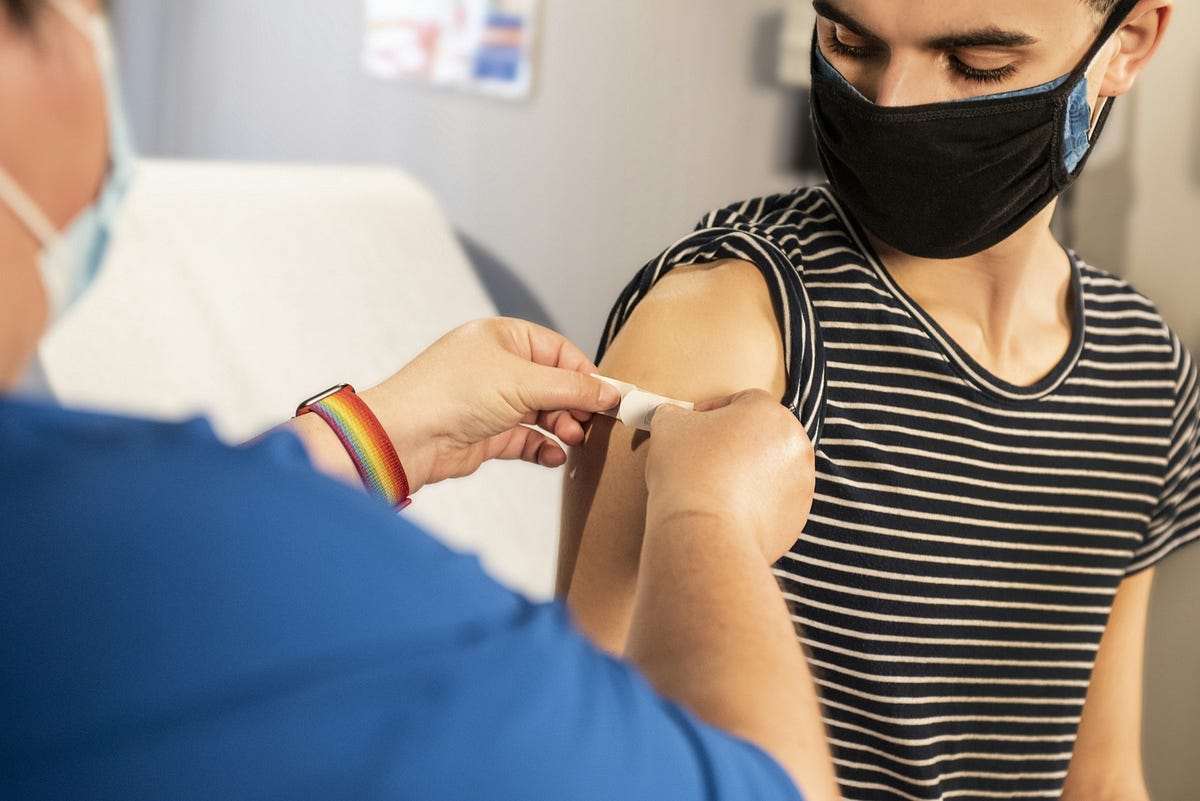Why we all react differently
Vaccination against COVID-19 has become crucial for our health, but did you know that how our bodies respond to the vaccine can vary from person to person?
This study examines the factors influencing our response to the COVID-19 vaccine by looking at different aspects of our body.
What did the study investigate?
Scientists wanted to understand why some people produce more of a special kind of antibody, called neutralizing antibodies, after getting the COVID-19 vaccine. To do this, they examined the proteins in our blood (plasma), urine, and even the tiny organisms in our gut (microbiota).
Key findings
Plasma proteins and antibody levels
The study found that when a specific pathway called LXR/FXR in our blood is activated, it’s associated with the production of antibodies that can block the virus. This is good news because these antibodies help in protecting us from COVID-19.
Urine proteins and antibodies
Interestingly, certain proteins found in our urine are linked to the creation of neutralizing antibodies. These proteins are related to different pathways in our body that respond to infections and help in the immune system’s defence.
Gut Microbiota’s role
Our gut is home to many tiny organisms, and the study discovered that these microbes are connected to both our blood and urine proteins, as well as how our bodies respond to the vaccine. It’s like our gut health is playing a role in our immune response!
Building a prediction model
Guessing your body’s response
The scientists took all this information and created a model to predict how well someone’s body might respond to the COVID-19 vaccine. Their model was quite good at making predictions (AUC=0.85), which means it can give a good estimate of how your body might react to the vaccine.
Why does it matter?
Understanding these proteins and the role of our gut in the vaccine response helps us learn more about how our bodies protect themselves from COVID-19. It’s like putting together puzzle pieces to see the full picture of our immune system’s reaction to the vaccine.
Sources:
User License: Creative Commons Attribution — NonCommercial — NoDerivs (CC BY-NC-ND 4.0)





